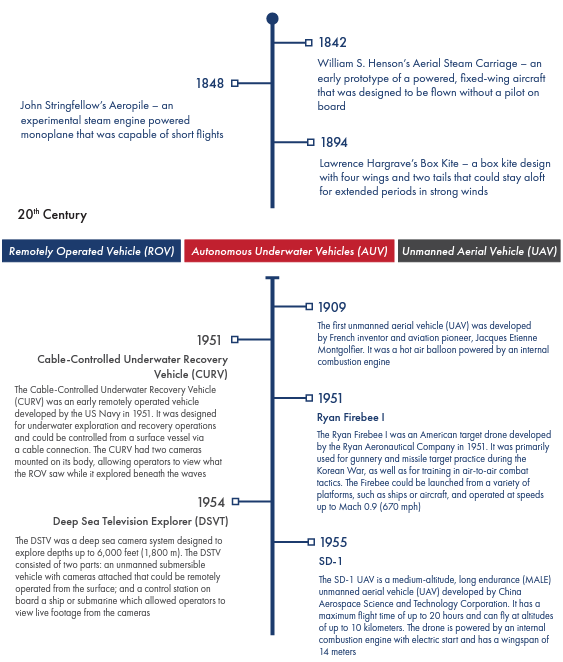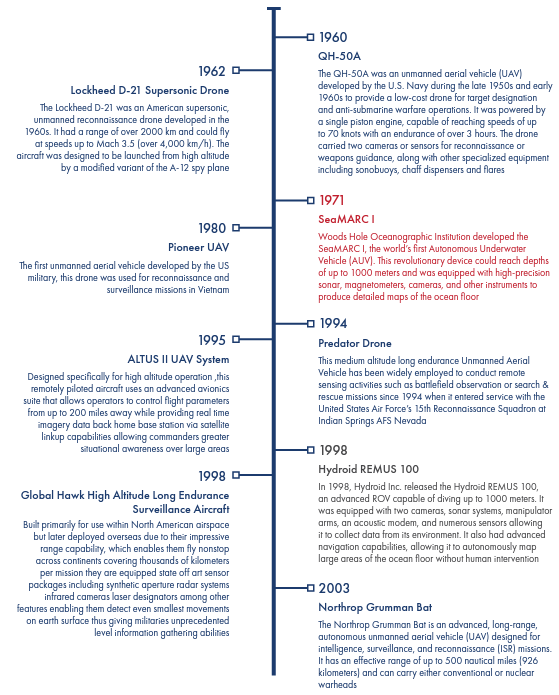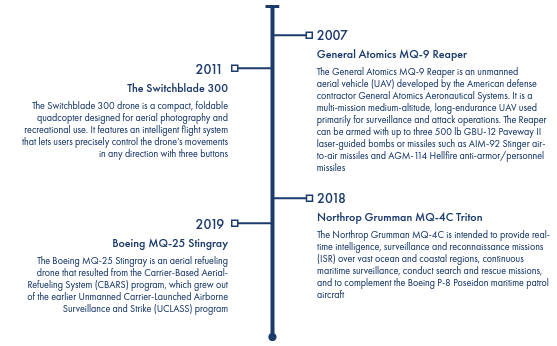The Development Of Autonomy
By Jaime Jones, Karalee Jerse-Woodward

Reading About Robots
Eighty-three years ago, Isaac Asimov published the first of nine short stories that would explore the complexities of machine intelligence alongside human civilization. Robbie, both title and focal character of the 1940 short story, depicts a young girl’s relationship with her robot companion as she learns that he is capable of feeling emotions and forming strong human bonds.
Ultimately, the tale is about accepting Robbie for who he is despite his lack of humanity and that he should be treated with respect and kindness as any other sentient being would.
Before the atomic age had even begun, society was already grappling with the idea of a future where autonomous machines worked, coexisted, or, in some ways, even surpass humanity.
One essential component that the philosophers and science fiction writers of the mid 20th century glossed over was the complexity of creating a thinking, reasoning, and fully autonomous artificial intelligence in the first place.
The unprecedented global R&D investment during both World Wars had convinced people of the age that technological advancement came in leaps and bounds. The same year that Robbie’s tale was first printed on the pages of the Super Science Stories Magazine, the world was introduced to the first color television, polyester fabrics, and the jet engine. The average person in the 40s would have believed that growth was ever accelerating like space infinitely expanding faster than light – why wouldn’t there be a human equivalent machine intelligence by 2000?
Though, as you and I know, the progress during the greatest generation would not be sustained, at least not how they would have expected.
Rather than in giant leaps, technology moves in smaller, continuous increments. Our modern perspectives are flooded with constant new discoveries and inventions, but few revolutionary products like the generations before us. Immediate, life-changing technologies are rarer today – we do get the iPhone 15 or the next Windows reskin, which is nice – but progress marches on behind the scenes.
For today, at least. Issac Asimov was ahead of his time but by how much? Sure, he was off by at least half a century, but maybe not by an entire century.
UxS - Unscrewed Systems
Today, Uncrewed Systems (UxS) are employed across various industries and applications. An unmanned system consists of unmanned aerial vehicles (UAVs), autonomous underwater vehicles (AUVs), remotely operated vehicles (ROVs), and connecting ground stations and satellites that facilitate the extraordinary data transmission required for these systems to function.
These systems are used for surveying large land areas quickly and efficiently, monitoring wildlife populations, tracking storms, measuring ocean temperatures, mapping coral reefs, deep-sea exploration and mapping of the seafloor, collecting samples from the seafloor, and national defense.
These large abstract systems bear little resemblance to our biological information processing. Still, they perform data processing, environmental analysis, and deduction to the degree that begins to blur the line between machine vs. animal instinct.
As Alan Turing postulated in his 1950 paper: Computing Machinery and Intelligence, Can machines think?
The idea of inanimate machines has long been theorized, even before the first physical models were conceived and built. Through the timeline depicted below, we will explore the where the initial automation seedlings sprouted in history, all the way to the fruition of these machines and robots that we now see in our day-to-day lives.
Classical Age
Automation
The earliest references to Automatons can be found during the Pre-Classical Age in the stories of Hephaestus around 700 BC. The god of fire and metalworking was known to the Ancient Greeks as an expert creator of self-operating machines that could perform tasks without human intervention.
18th Century
Autonomous Machine
Jacques de Vaucanson was a French inventor who created the first autonomous machine in the late 18th century. His most famous invention was a mechanical duck that could quack, flap its wings and even eat grain.
The mechanical duck amazed people from all over Europe when they saw it for the first time; some thought it had been brought to life by magic, while others were convinced that Jacques had unlocked the secrets of nature itself with his creation. Whatever their opinion, everyone agreed that this remarkable feat of engineering marked an important milestone in human history - one which would pave the way for further advancements in automation and robotics.
19th Century
Unmanned Aircraft
The late 1800s kicked off a new medium for technology, flight.



As it was in 1940, military funding remains the primary driver of innovation, but consumer developments are not far behind the curve. As current technology matures and pressures for automation rise, the age of thinking machines may have already arrived.
NuWaves RF Solutions designs and develops a multitude of range-extending modules to help improve the data link and communication systems within uncrewed vehicles. The NuPower Xtender™ 12B04A is a small, lightweight, and power-efficient bidirectional amplifier ideal for extending the communication range of half-duplex L- or S-band transceivers running constant-envelope or near-constant-envelope waveforms. The bidirectional amplifier generates 10 Watts of RF power from 1000 to 2500 MHz in transmit mode and the integrated low-noise amplifier provides a minimum of 13 dB of gain in receive mode. This module is ideal for Unmanned Aircraft Systems (Group 2 and Group 3), Unmanned Ground Vehicles (UGV), and RF Communication Systems.
NuWaves also specializes in quick-turn modification of our commercial off-the-shelf products. Our dedicated team of engineers can rapidly develop a custom solution to fit your system’s needs. The NuPower Xtender™ 12B04A series has a number of variations including the NuPower Xtender™ 12B04A-D27, which accepts a +27 dBm RF input and provides more than 15 dB of transmit gain.
